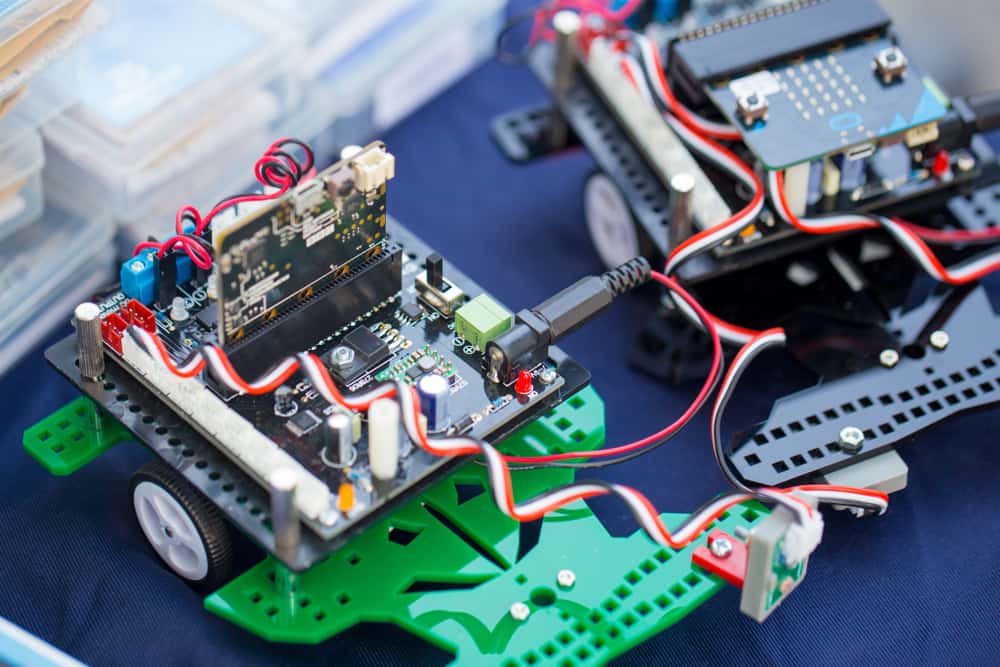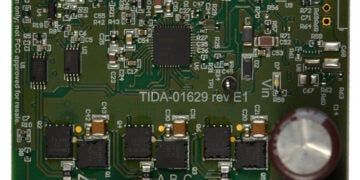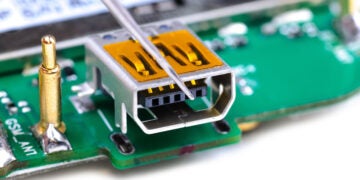
A system is an arrangement in which all of its units assemble and work together according to a set of rules. The word “embedded” refers to combination or synchronization. Thus, an embedded system refers to a system that performs a particular task in a given time by synchronizing software (microcontroller) and hardware (PCB) together.
Some popular embedded systems applications are mobile phones, micro ovens, dishwashers, washing machines, pacemakers, printers, etc. All these applications combine the action of both hardware and software to perform a particular task. The time constraint is optional, however. Before we dive deeper into the types of embedded systems, let’s look at their unique characteristics and understand how they differ from general computing systems.
Characteristics of Embedded Systems
Unlike general computer systems, embedded systems work only for a particular function in a time-bound manner. For instance, a washing machine can not multitask like a laptop. In this regard, here are some unique characteristics of an embedded system.
Sophisticated Functionality
The functionality of no two embedded system applications is bound to be the same. The functionality of a washing machine is different from that of a microwave. However, the functionality of a laptop and a desktop are almost the same.
Real-Time Operation
It doesn’t mean live operation. It means the software programs hardware to operate in a time-bound fashion. It could also have two modes: Hard and Soft. The former mode indicates the task has to be completed within the allotted time (ex: clock), but in the soft mode, the system could use additional time over the allotted time (ex: microwave).
Low Manufacturing Costs
As an embedded system design aims for any particular application, it involves less manufacturing cost as compared to a versatile general computing system. As a result, embedded systems also require less power to perform operations.
Processor and Memory
Depending on the type, processor and memory requirements may vary. For instance, small embedded systems would require less memory, but sophisticated systems demand more memory and run on multi-core processors.
Tight Design Constraints
There are many design constraints to consider around the cost, performance, size, and power of an embedded system to realize its absolute performance. These design factors are kept to a minimum to justify their simple function.
General Purpose Systems vs. Embedded Systems
In order to better realize the characteristics of an embedded system, let’s compare it with a general computing system.
| General Purpose Computer | Embedded System | |
| Purpose | Multipurpose | Single function |
| Constraint | Low or no resource constraint | Size, power, cost, memory, realtime |
| Performance | Faster and better | Fixed runtime requirement |
| User Interface | Can have keyboard, display, mouse, touch screen | Integrated into the real world with buttons, sensors, Leads, LCDs, Bluetooth system |
Types of Embedded Systems
All types of embedded systems can be classified into two basic categories and their following subcategories as follows.
Based on Performance and Functional Requirements
Real-Time Systems
- Perform a task in real-time
- Offer quick responses under critical situations.
- Further divided into two types of embedded systems:
- Soft real-time embedded system: no time-bound operation is required. For instance, in a microwave oven, there is no strict cooking time instruction. You can customize time delays as per your requirement.
- Hard real-time embedded system: strictly time-bound operation is necessary for a successful output, ex: traffic light control.
Stand-Alone Systems
- Process digital/analog input signals into digital output
- Less complex
- Independent of any system
- Ex: doorbell, calculator, MP3 player
Network Systems
- Operate through a network interface
- Communication to network happens through LAN, WAN, or other protocols
- May be wired or wireless
- Ex: ATM machines, weather monitoring systems
Mobile Systems
- Small, portable and easy-to-carry
- Work on restricted memory space
- Constantly evolving to get into a miniature model
- Ex: mobile phones, digital camera
Based on the Performance of the Microcontroller
Small Scale Systems
- Entry-level embedded system with no design complexity involves
- Work with 8-bit (8051) or 16-bit (80196) microcontrollers
- Most of these systems are battery operated
- Hardware and software complexity is very low due to the small size of microcontrollers
- Easy to program using assembly language or C-programing language
- Requires small memory as it deals with a small amount of data
- Ex: robotic arm controller, electronic toys, automatic coffee vending machines, thermometer.
Medium Scale Systems
- System is designed using 16-bit or 32-bit microcontrollers
- Offers better speed than small scale Embedded system
- Hardware and software complexity is present
- Run through Microcontrollers and digital signal processors
- Requires comparatively more memory power than small scale ones
- Along with microcontrollers, you need application-specific operating systems
- Ex: Routers, ATMs, music systems, pagers
Sophisticated Systems
- Make use of 32-bit or 64-bit microcontroller and multi-core processors
- Requires very high memory power
- Power consumption is the highest among rest types of embedded systems
- Hardware and software complexities are enormous
- Speed is a major concern
- Some applications, like satellite systems, also involve real-time operating system (RTOS)
- Ex: mobile systems, washing machines, digital watches, LAN cards, multimedia systems
To ensure efficient board development with embedded systems, you need accurate component footprint data, CAD models, and information about microcontrollers to be used in the application.
Working with Ultra Librarian sets up your team for success to ensure streamlined and error-free design, production, and sourcing. Register today for free.








